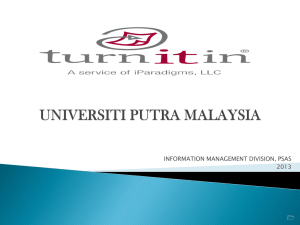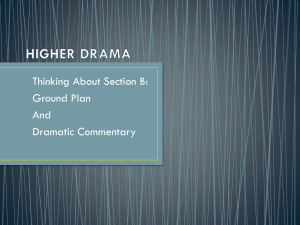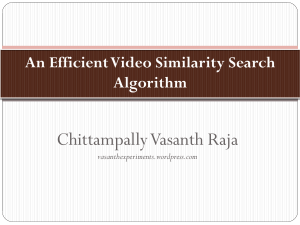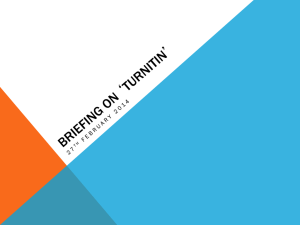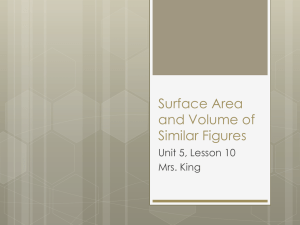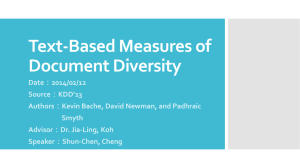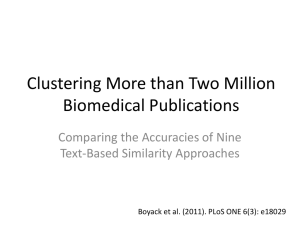We are Learning
advertisement
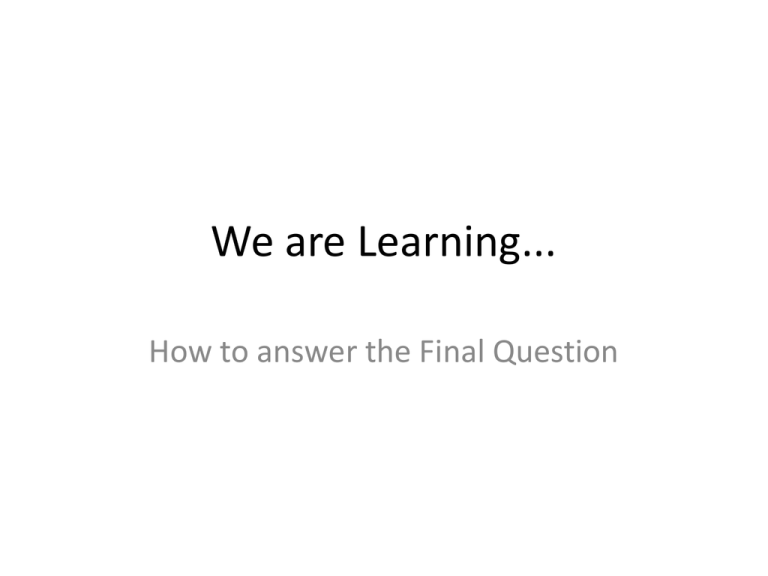
We are Learning... How to answer the Final Question What do you have to do? The focus is on the main ideas of both passages. You will be asked to identify: The similarities between the two passages; or The differences between the two passages; or Both How do you answer? 1. Write in paragraphs or extended bullet points. 2. You must support your answers with evidence from the passage. 3. You may use quotes, but you do not have to. If you do, keep your quotations short. Your quotes should only be used to support your answer, and should not be used on their own. How will it be marked? • You are required to clearly identify at least 3 essential areas of similarity/difference between the two passages. • If you have done this, the decision to award 3, 4 or 5 marks will depend upon how well you explain these similarity/differences, and the quality of your supporting evidence. • If you identify three areas of similarity/difference, but do not provide any supporting evidence, then you will receive a maximum of 2 marks. 5 marks Identify at least 3 essential areas of similarity/difference, with an intelligent use of supporting evidence. 4 marks Identify at least 3 essential areas of similarity/difference, with a sound use of supporting evidence. 3 marks Identify at least 3 essential areas of similarity/difference, with some supporting evidence. 2 marks Identify 2 essential areas of similarity/difference, with supporting evidence Or Identify more than 2, but without supporting evidence. 1 mark • Identify just one essential area of similarity/difference. “The Generation Gap” (from Higher Close Reading book) Practice Final Question Question Consider the opinions displayed by each writer towards the idea of “lifelong parenting”. Referring to important ideas in both the passages, identify the key areas on which they agree (5 marks). Essential Agreements • 1. Many young people are choosing to continue living with their parents, and to receive financial help, well into their 20s. This has become much more socially acceptable than it was 30 years ago. This is a good thing. • 2. It shows that the “generation gap” is closing. Parent-child relationship is becoming stronger. There is more mutual kindness, love and respect. More mutual understanding. • 3. It shows that parenting has improved. Many of today’s parents experienced bad parenting themselves and are motivated to be good parents. Young people no longer unhappy with parents and want to stay longer. Parents more open-minded about their child’s lifestyle choices and give them more freedom. “Teen Magazines” (from Higher Close Reading book) Practice Final Question Question Consider the opinions displayed by each writer towards the benefits of “teen magazines”. Referring to important ideas in both the passages, identify the key areas on which they agree (5 marks). Essential areas of agreement • 1. Girl’s magazines are guilty of sexualising childhood. Much of the content is inappropriate. Young girls being encouraged to dress and act like adults. • 2. The content provides very little educational benefit. The focus is on trivial things like boys, fashion, make-up etc. • 3. These magazines do not empower young girls. They reinforce negative gender stereotypes about girls/women. Girls learn that they must dress and act in a certain way to fit in. • 4. These magazines are having a negative impact on young girls in the long term. They will cause them to have self-esteem problems as they grow older and may develop problems forming relationships.

